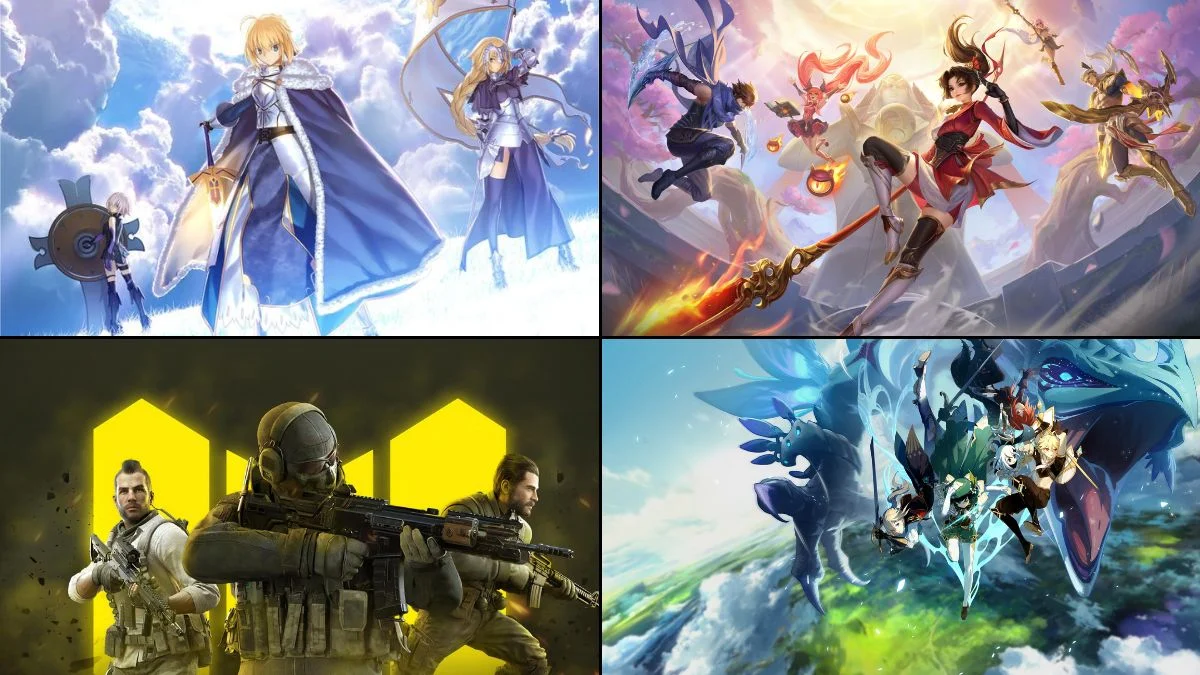
Certain games become huge financial successes, continuing to generate revenue for years after their release through sales, subscriptions, and items players buy within the game. Here’s a look at twenty of the most profitable titles, with specific numbers showing just how much money they’ve made.
‘Fortnite’ (2017)

Fortnite dramatically changed how free-to-play games make money, creating a huge market for cosmetic items and battle passes. From 2018 to 2023, the game earned approximately $26 billion across all platforms. By hosting concerts and partnering with other brands, Fortnite kept players engaged and spending money long after its initial popularity. Consistent new content and player-created modes continue to boost both playtime and in-game purchases.
‘Dungeon Fighter Online’ (2005)
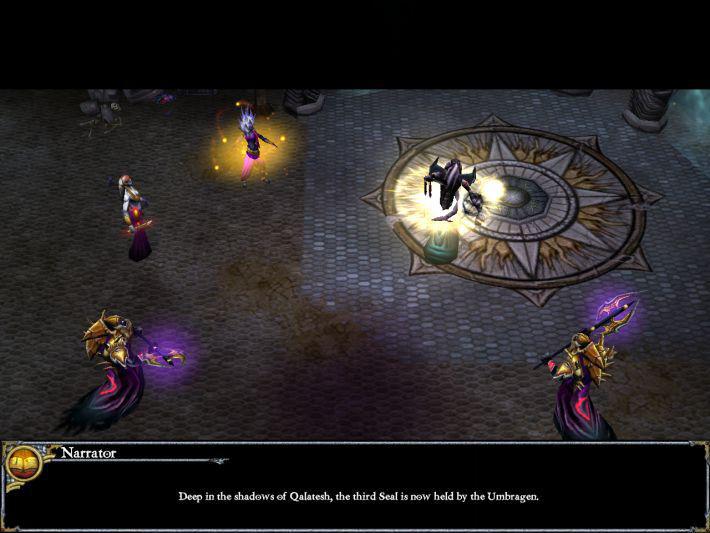
For over ten years, this 2D action-packed online game has consistently been one of the highest-grossing titles in China and South Korea. Combined revenue from the PC and mobile versions is estimated to be over $20 billion. The game continues to make money through regular updates, new characters, and optional purchases like cosmetic items and power-ups. Its continued popularity is boosted by players enjoying it in internet cafés and through large-scale in-person events.
‘Honor of Kings’ (2015)
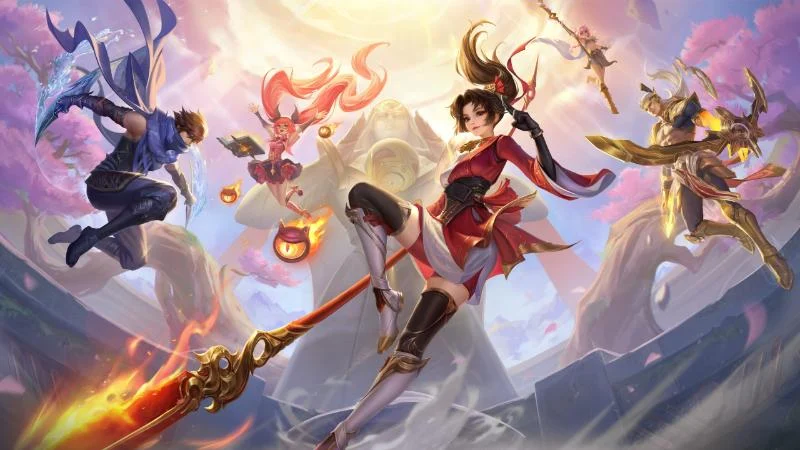
Tencent’s popular mobile game is the leading title in China and has become increasingly successful worldwide. Players have spent over $20 billion on the game in total, with spending exceeding $2 billion in some years. The game stays popular thanks to regular updates adding new characters and a thriving esports scene. Partnerships and local events also help keep players engaged and spending money.
‘League of Legends’ (2009)
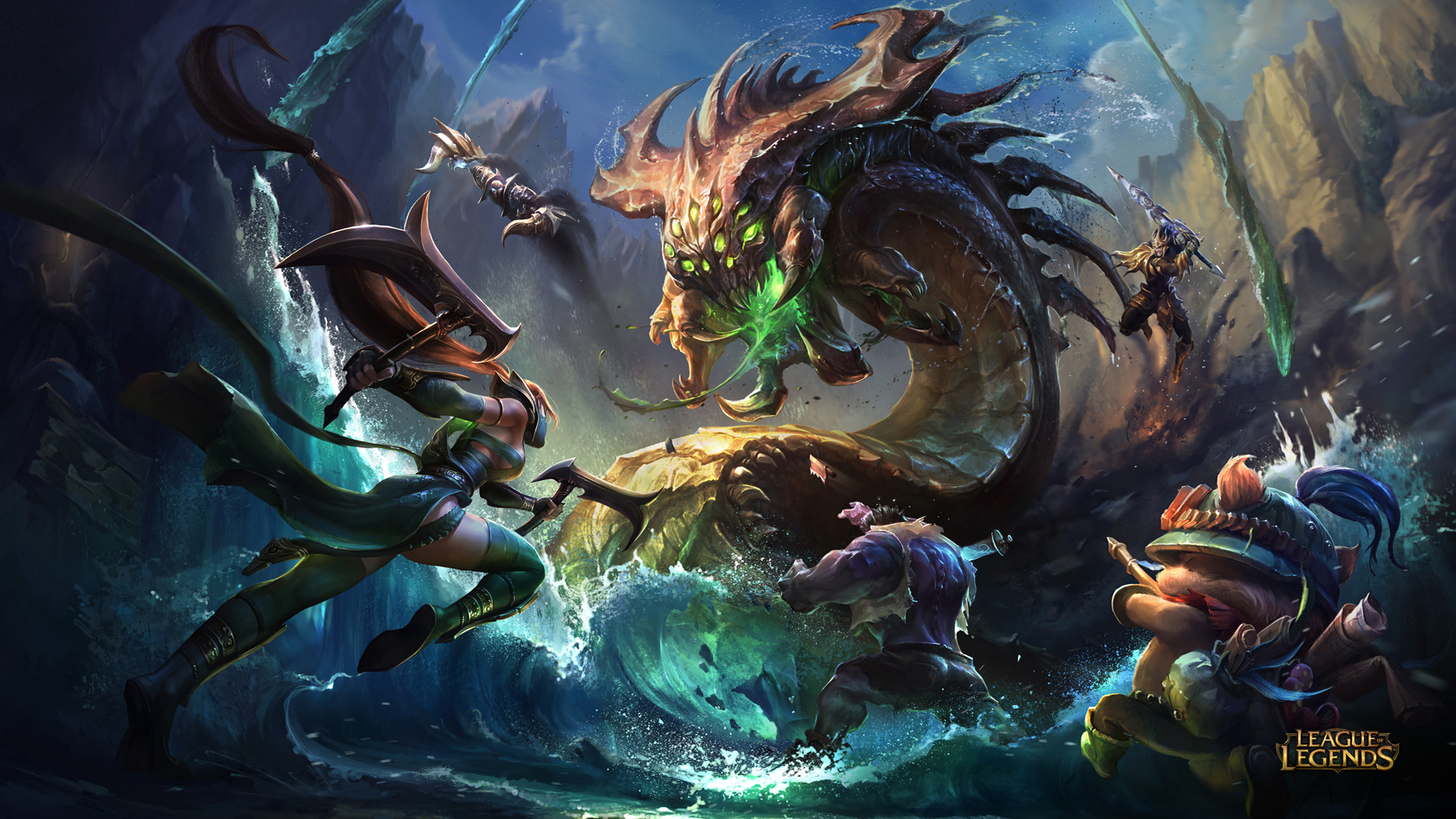
As a huge League of Legends fan, it’s amazing to see how consistently successful the game has been! It’s made roughly $19 billion over its lifetime, with each year bringing in a solid amount of revenue thanks to things like character skins and event passes – seriously, since 2017, they’ve been making over a billion dollars every year. I think the pro scene really helps keep us engaged, and honestly, I always end up buying skins when a new event comes out. They’re always updating champions and adding new game modes too, which keeps everything feeling fresh and makes me want to keep playing – and spending!
‘Crossfire’ (2007)
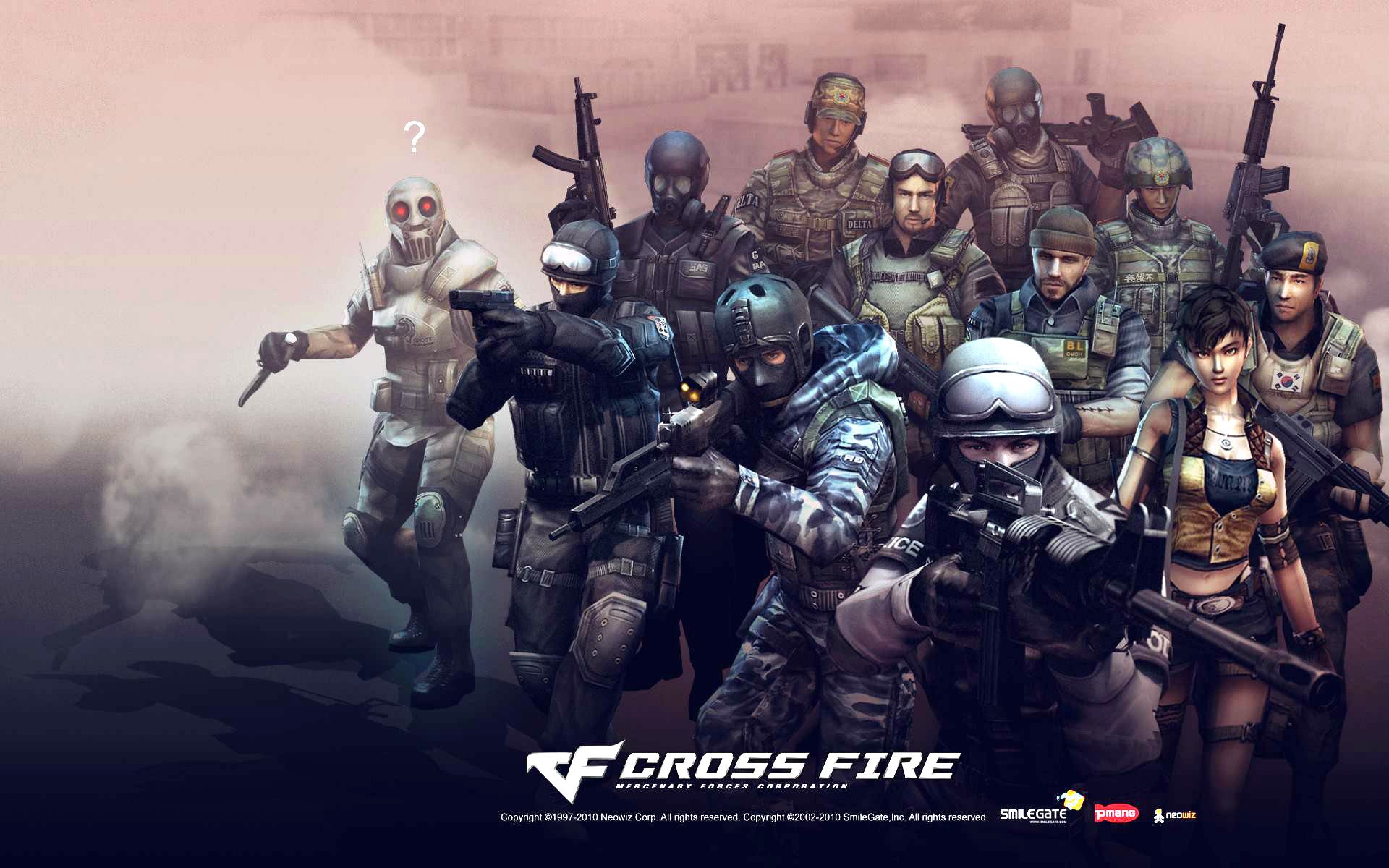
This popular online shooter became incredibly successful in Asia, attracting a large and dedicated player base over many years. It has generated over $12 billion in revenue from its original PC version and related games. Consistent updates and competitive regional tournaments kept players engaged, while its ability to run on less powerful computers made it accessible in internet cafes and emerging markets.
‘Candy Crush Saga’ (2012)
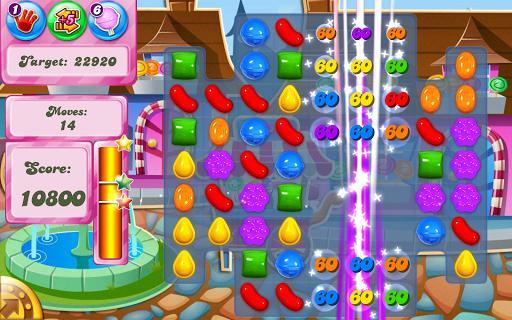
Candy Crush Saga, originally a simple match-three game, has become a massive financial success for King. The game has generated over $20 billion in revenue through consistent player spending. It keeps people playing – and purchasing in-game items – with regular updates, challenging levels, and limited-time events. Its easy-to-learn gameplay and wide appeal ensure it consistently ranks among the highest-grossing mobile games.
‘Clash of Clans’ (2012)
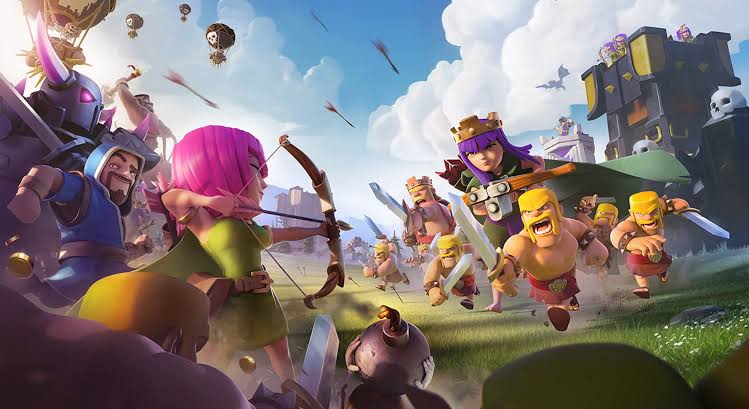
Supercell’s popular village-building game has created a remarkably successful and long-lasting financial model. It has earned over $10 billion in revenue, consistently bringing in over a billion dollars each year. Features like clan wars, upgrading your town hall, and expanding your builder base constantly give players reasons to spend money. The game’s quick, easy-to-pick-up gameplay and competitive social elements keep players engaged and spending consistently.
‘Monster Strike’ (2013)

Mixi’s popular Japanese game combines simple, physics-based gameplay with collecting virtual items and playing with friends. It’s earned over $10 billion in revenue, mostly from players in Japan. The game regularly boosts spending through partnerships with well-known anime series and special in-game events. By concentrating on local happenings and social interaction, it has remained successful for longer than many other mobile games.
‘Grand Theft Auto V’ (2013)
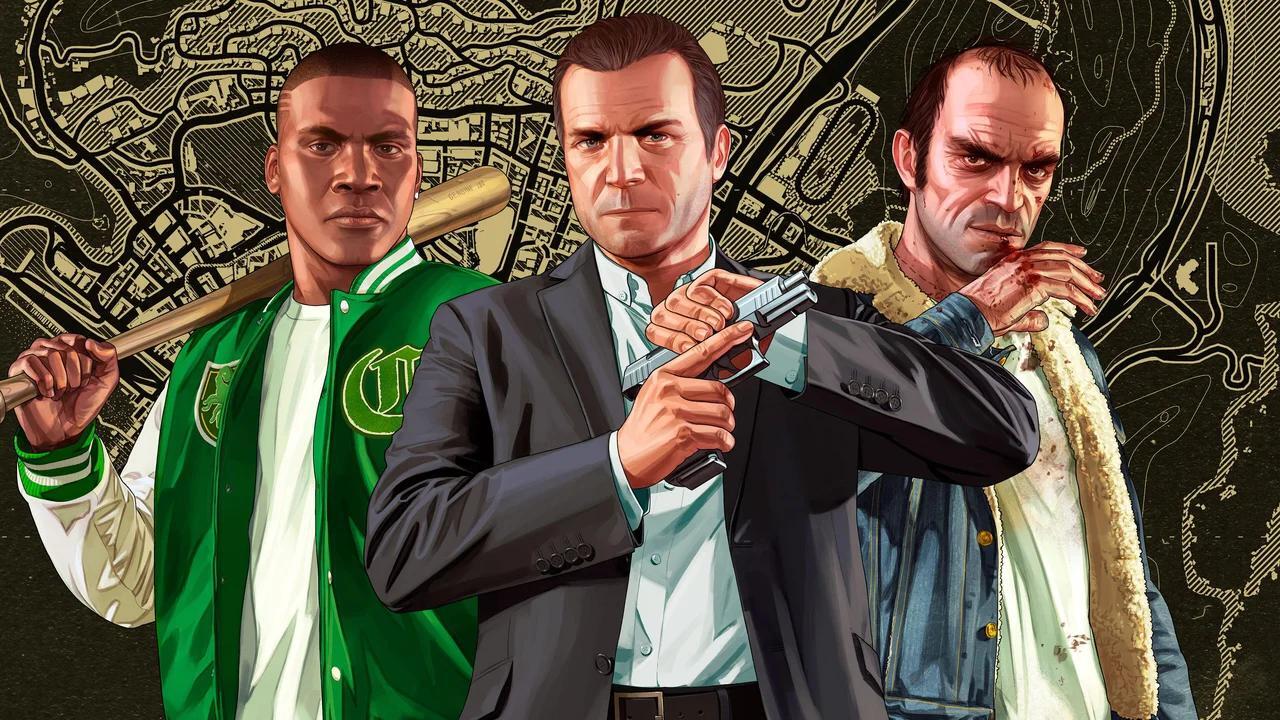
Rockstar’s incredibly popular game has sold a huge number of copies and continues to earn significant revenue through its online mode. Total earnings have exceeded $8 billion, combining initial sales with ongoing spending within GTA Online. Regular updates, including new missions and customizable items, have kept players hooked for years. Releasing the game on multiple platforms and consistently improving it have also helped boost sales over a long period.
‘PUBG Mobile’ (2018)

The battle royale game on mobile devices has generated significant revenue through in-game purchases like character customizations and battle passes. Total earnings have surpassed $10 billion, with the game consistently earning over $2 billion in recent years. To comply with local regulations, especially in China with the ‘Game for Peace’ version, the game’s content was adjusted without impacting how players could spend money. The game keeps players engaged and wanting more by regularly introducing new seasonal content and limited-edition items, creating a sense of rarity and boosting demand.
‘World of Warcraft’ (2004)
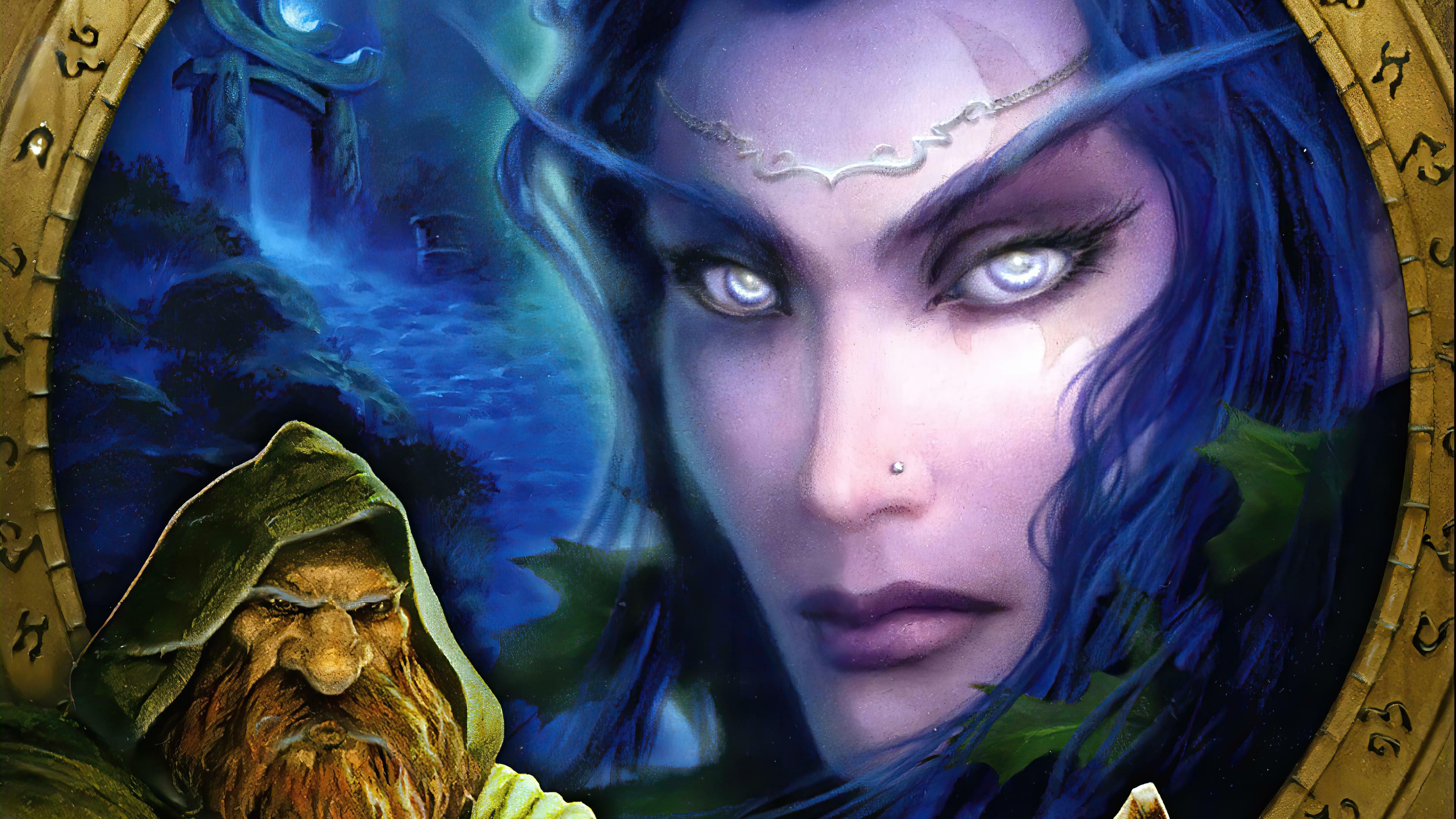
Blizzard’s World of Warcraft uses a subscription model, where players pay a monthly fee, and also purchase expansions and additional services. Over its lifetime, the game has generated over $11 billion in revenue from subscriptions, expansions, and services. New releases and the launch of classic servers consistently attract players and increase spending. Strong player communities, especially within guilds, contribute to ongoing subscriptions.
‘Fate/Grand Order’ (2015)

Aniplex’s popular mobile RPG, known for its engaging story, is incredibly successful in Japan and gaining fans worldwide. It has earned over $7 billion through character releases and in-game events. Special, temporary storylines and yearly celebrations consistently drive spending. The game’s beautiful artwork and professional voice acting make its collectible characters even more appealing.
‘Pokémon GO’ (2016)

Niantic’s popular location-based game successfully turned exploring the real world into a consistent source of income through its mobile app. Players have spent over $7 billion on in-game items and event access. Regular seasonal events and community gatherings keep players coming back, often encouraging them to meet up locally. The game also benefits from collaborations with cities and brands, which increase its visibility and offer unique in-game content.
‘Genshin Impact’ (2020)
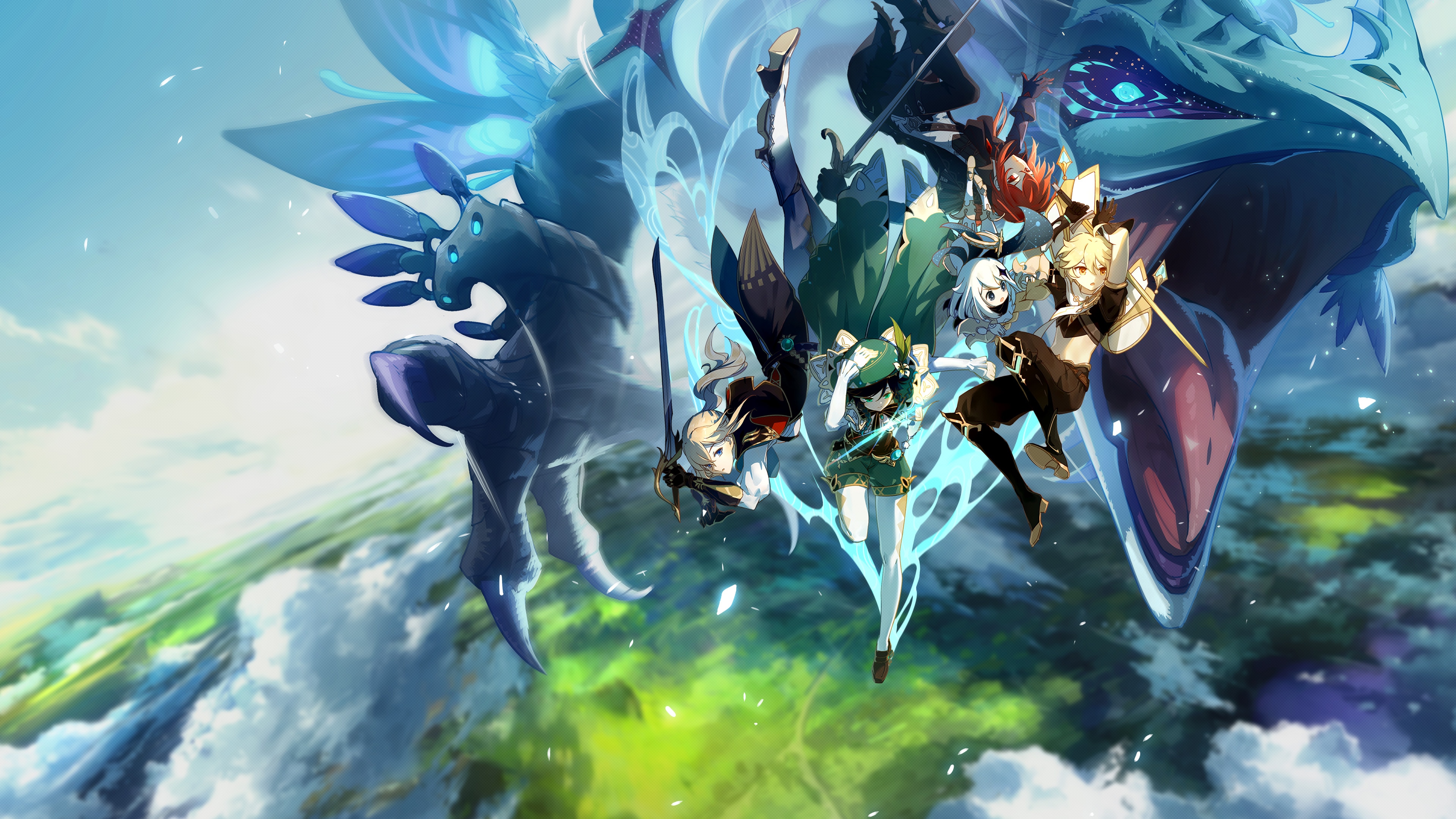
HoYoverse’s popular action RPG set a new standard for free-to-play games with its high-quality graphics and gameplay. It has earned over $6 billion through in-game purchases like characters and weapons. The game regularly adds new areas, storylines, and events, which keeps players engaged and spending money. With availability on multiple platforms and consistent updates, the game maintains a large and active player community.
‘Clash Royale’ (2016)

This fast-paced card game was a successful addition to Supercell’s lineup, quickly generating significant revenue. It’s estimated to have earned between $3 and $4 billion through in-app purchases like chests, battle passes, and cosmetic items. Regular updates with new cards and changes to the gameplay keep players engaged and encourage spending. The game’s short matches are perfect for mobile players and promote consistent daily use.
‘Call of Duty: Mobile’ (2019)

Activision successfully introduced its popular game to mobile players, bringing familiar maps and game types to a wider audience. The game has earned over $3 billion through optional purchases like battle passes and character customizations. Regular updates with new seasonal content and competitive events keep players engaged, while the well-known brand and compatibility with controllers make it appealing to more people.
‘Lineage M’ (2017)

NCSoft’s mobile game, based on their popular online role-playing game, has been incredibly successful in Korea and Taiwan, largely by appealing to players’ fond memories. It’s earned billions of dollars, with players spending a significant amount of money individually. The game keeps players engaged and spending through limited-time offers and competitive player-versus-player combat. Consistent updates and a focus on these specific regions have helped maintain its strong performance.
‘MapleStory’ (2003)

Nexon’s popular side-scrolling game has created a strong, lasting economy through the sale of cosmetic items and things that help players advance. It has earned billions of dollars across both its PC and mobile versions. Major updates, such as new characters and areas to explore, bring players back to the game, while regular events and a chance-based item system encourage continued spending.
‘Fantasy Westward Journey’ (2004)

NetEase’s popular online game continues to be incredibly successful in China. It has generated billions of dollars in revenue from both PC and mobile platforms. The game regularly holds events tied to traditional Chinese festivals and holidays, which keeps players engaged. A robust guild system and strong social features help players stay invested in the game for the long term.
‘Roblox’ (2006)

Roblox isn’t just a platform; its games drive significant spending through its virtual currency, Robux. Over time, players have spent billions of dollars on the platform, generating substantial revenue. A vibrant community of creators constantly updates the available games and experiences, encouraging continued engagement and spending. With access across multiple devices and easy-to-use controls, Roblox appeals to a wide range of users.
Let us know which games generating the most revenue were most surprising to you, and feel free to suggest other titles that deserve to be included in the comments section.
Read More
- Bitcoin’s Ballet: Will the Bull Pirouette or Stumble? 💃🐂
- Can the Stock Market Defy Logic and Achieve a Third Consecutive 20% Gain?
- Dogecoin’s Big Yawn: Musk’s X Money Launch Leaves Market Unimpressed 🐕💸
- Deepfake Drama Alert: Crypto’s New Nemesis Is Your AI Twin! 🧠💸
- LINK’s Tumble: A Tale of Woe, Wraiths, and Wrapped Assets 🌉💸
- XRP’s Soul in Turmoil: A Frolic Through Doom & Gloom 😏📉
- SentinelOne’s Sisyphean Siege: A Study in Cybersecurity Hubris
- Unbelievable News: Brazil’s B3 Stock Exchange to Unveil a Stablecoin Next Year!
- Ethereum’s DeFi Domination: Why Rivals Are Feeling the Squeeze 🤑
- Zcash Climbs 12% in an Unexpected Heroic Comeback-Even Coins Have Feelings, You Know?
2025-11-12 08:19